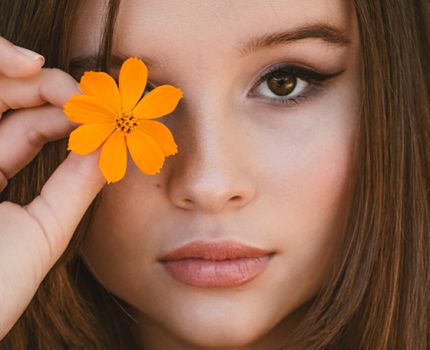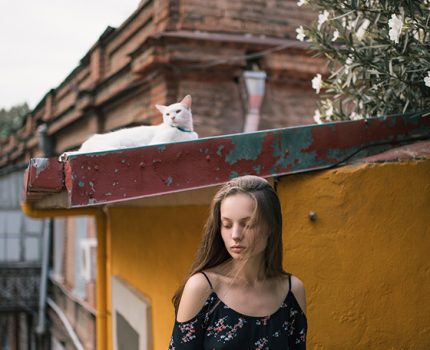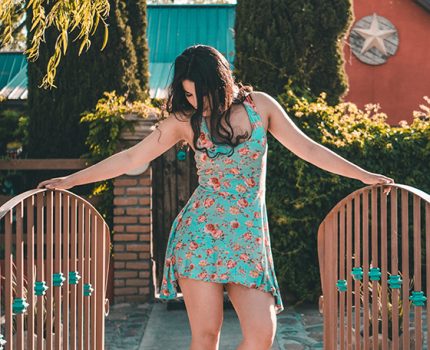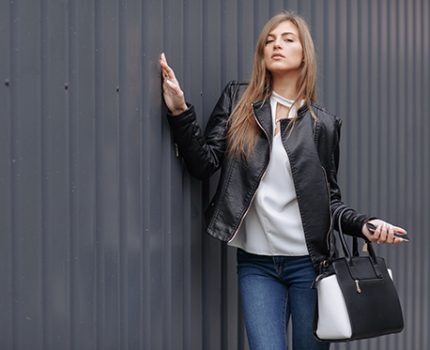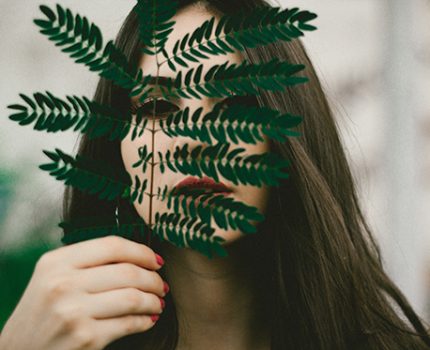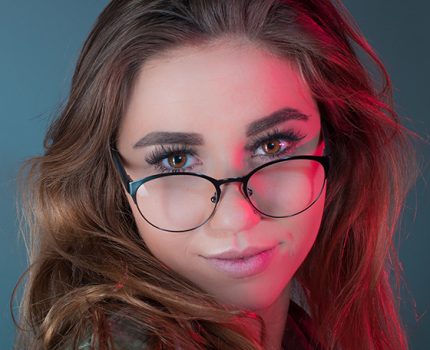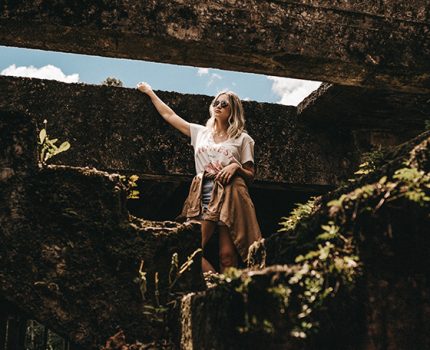The Intersection of Fashion and Aviation: Costume Design for Pilots and Aeronautical Themes
Fashion and aviation intersect, inspiring innovative costume designs that reflect the sleek aesthetics of aircraft. Beyond pilot uniforms, high fashion runways feature aeronautical themes like metallic fabrics and aviation-themed accessories, blending functionality with fantasy. For pilots, modern uniforms mix tradition with contemporary materials and cuts. In cinema and theater, authentic aviation costumes enhance storytelling. This fusion of art and utility continues to inspire designers, celebrating human ingenuity and the allure of flying across various platforms.

